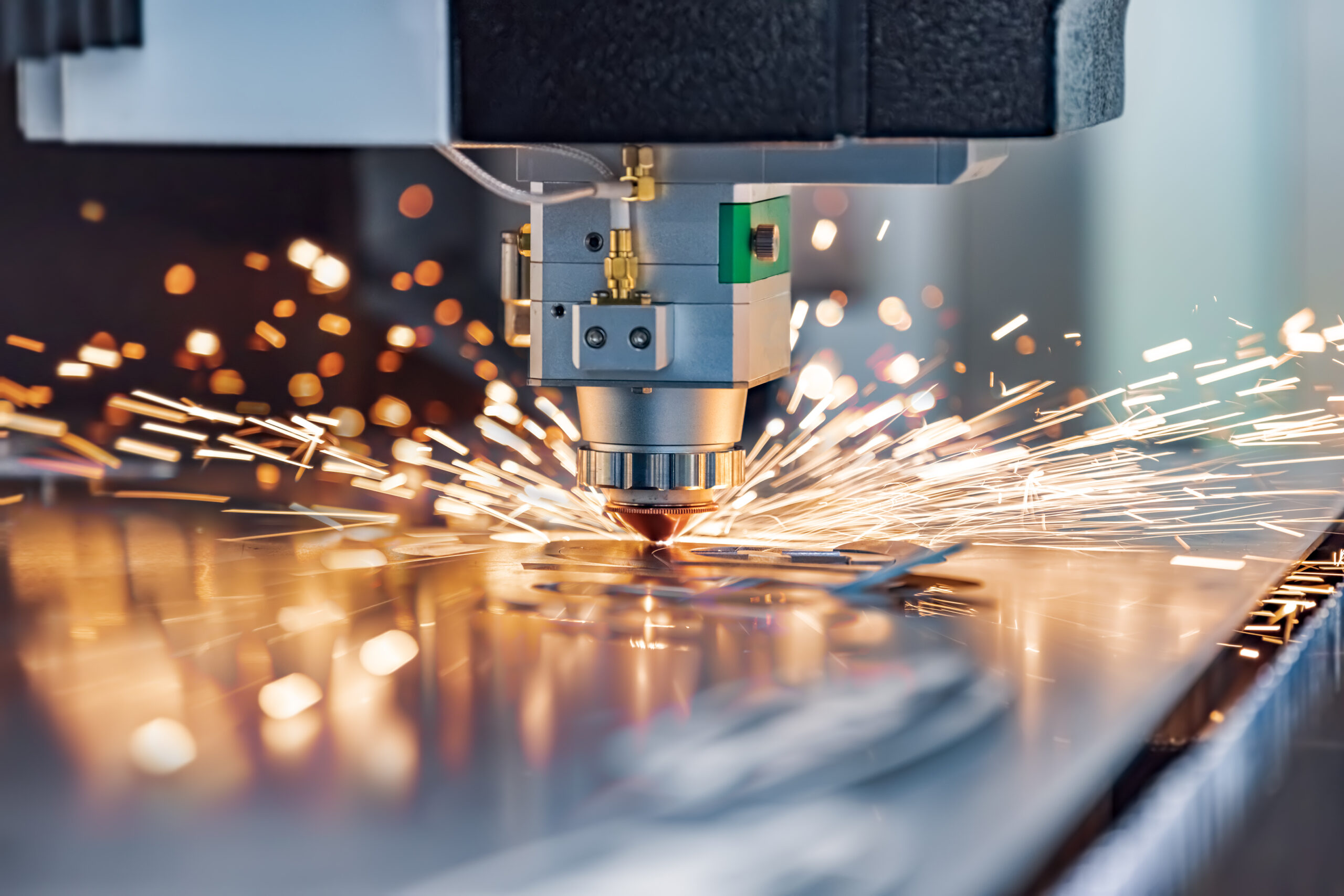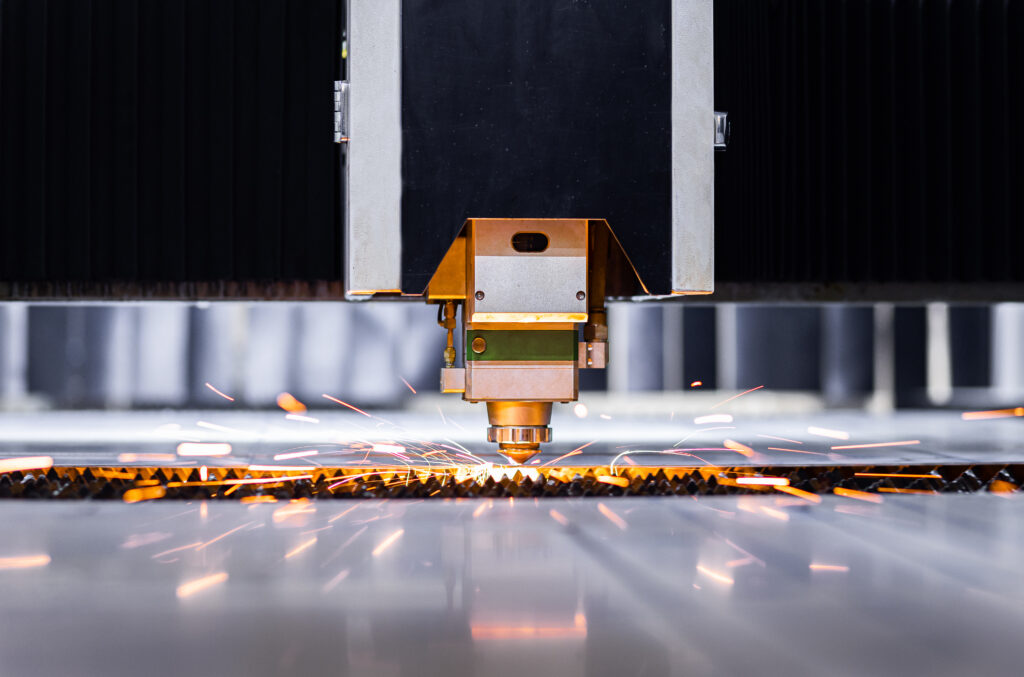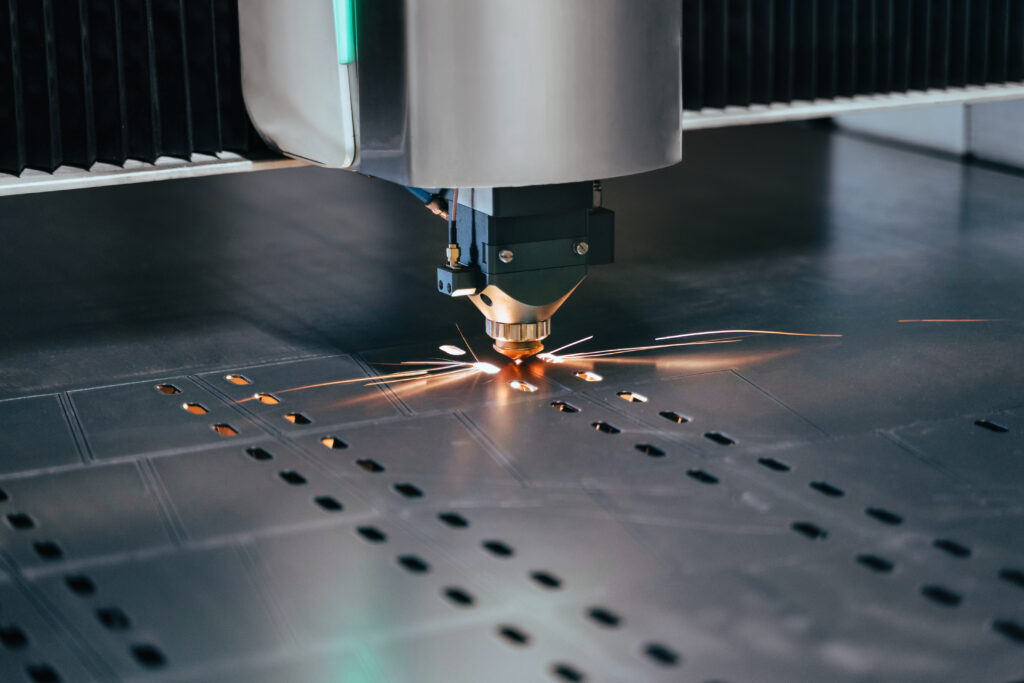Sheet Metal
Advantages of Laser Cutting in Sheet Metal Fabrication
published on 8 December 2023
Intro
Laser-cutting machines have revolutionised the sheet metal fabrication industry in the last number of decades, making them indispensable tools for manufacturers. With precision, speed and versatility at its core, laser-cutting technology not only meets but exceeds the demands of today’s manufacturing landscape. From intricate designs to rapid production cycles, the advantages of laser-cutting are as diverse as the applications it serves, promising a future where precision and efficiency seamlessly converge to redefine the possibilities of sheet metal fabrication. In this article, we will explore the main advantages of laser-cut sheet metal fabrication to understand why it has become the go-to choice for manufacturers seeking optimal results in terms of precision, customisation and efficiency.
Precision and Accuracy
One of the most significant advantages of laser-cut sheet metal fabrication is its high level of precision and accuracy. The technology uses high-power lasers to make precise cuts with exceptional accuracy, ensuring that intricate designs and complex shapes can be achieved with minimal error resulting in a final product that meets the highest quality standards. This precision enables manufacturers to take on a broader range of products and is especially crucial in industries where tight tolerances and intricate cuts are required.

Speed and Efficiency
Laser cutting boasts impressive efficiency and speed in the production process when compared with cutting with blades. The non-contact nature of laser cutting reduces the wear and tear on cutting tools, leading to a longer tool life. Additionally, the speed at which laser cutting can be performed allows manufacturers to meet tight production deadlines and handle large-scale projects no matter how intricate or tolerable the sheet metal is without compromising on quality.
Sustainability and Cost-Effectiveness
While the initial investment in laser cutting equipment may seem substantial, the long-term cost-effectiveness is obvious. The precision of laser cutting minimises material waste, reducing the environmental impact of sheet metal fabrication and the efficiency of the process can also reduce labour costs. Additionally, advancements in energy-saving technologies have resulted in more energy-efficient laser-cutting machines and, in many cases, eliminate the need for secondary processes, leading to a more streamlined production cycle. All the above contribute to a greener manufacturing approach, aligning with global efforts towards eco-friendly practices.
Superior Quality
Laser cutting ensures a high-grade overall finish, with quality and consistency in every cut. The clean edges, smooth finishes, and minimal heat-affected zones contribute to a superior finish, reducing the need for the additional finishing processes which are required when cutting with blades. It produces a lower defect rate and ensures that the final product not only meets but often exceeds quality expectations.
Integration with CAD/CAM Systems
The seamless integration of laser cutting machines with Computer-Aided Design (CAD) and Computer-Aided Manufacturing systems enhances the overall efficiency of the manufacturing process. This integration easily allows for the import of digital designs, optimised cutting paths, and precise control over cutting parameters, helping to translate design concepts into reality. The integration with CAD/CAM software also enables manufacturers to take on a broader range of unique and customised products.
Improved Safety
Laser cutting is inherently safer than some traditional cutting methods. The non-contact nature of the process eliminates the need for direct contact with cutting tools, reducing the risk of accidents and injuries. This results in a safer working environment for operators and ensures consistent quality across production batches. It should be noted however that the technique can be potentially unsafe when used inappropriately, as with all manufacturing processes so the necessary precautions should always be taken.
Versatility in the choice of Materials
Sheet metal laser cutting technology can be used on a wide range of materials, including stainless steel, aluminium, brass, wood, MDF, acrylic and more. A laser cutter can cut through these materials despite their different thicknesses, some of which may however require extra attention when cutting. This adaptability makes laser cutting a flexible solution for various industries, allowing manufacturers to work with diverse materials without compromising on quality.

Conclusion
Sheet metal manufacturing and fabrication have been revolutionised by laser cutting technology with its unparalleled precision, high efficiency, versatility, and environmental benefits. It is, without doubt, becoming the preferred choice for industries striving for high-quality outputs while minimising production time and costs. As technology continues to evolve with the infusion of artificial intelligence and automation, the capabilities of laser cutting systems will result in even faster cutting speeds, increased power consumption efficiency and less operator dependence. If you are looking to work with a manufacturer that utilises sheet metal laser cutting technology, contact EliteForm today as we have the right tools for your next project, regardless of its shape or scale
